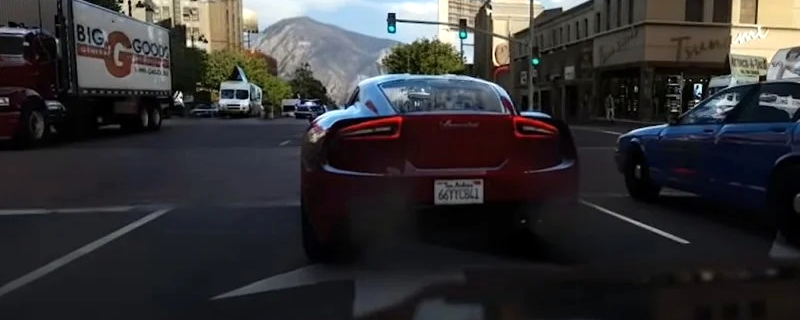Intel makes GTA V Photorealistic using Machine Learning
Intel makes GTA V Photorealistic using Machine Learning
Grand Theft Auto V delivered incredibly visuals at launch, which only became more impressive as the game launched on PC and newer console platforms. Now, a team over at Intel Labs has decided to take the game to the next level with an “Enhancing Photorealism Enhancement” mod, which uses machine learning to make the game much more realistic. The video below showcases their work.Â
Intel’s methods utilise an image enhancement network to transform GTA V’s visuals, though the company’s enhancement method is a lot more complicated than image enhancement/upscaling. Intel snoops at GTA V’s G-buffers to look at important details like material properties, vehicle shapes, lighting buffers and distance buffers to allow their neural network to produce accurate results.
While Intel’s results are not perfect, their video demo highlights that Neural Networks can be used to enhance the visuals of modern games. Intel’s mod significantly improved GTA V’s vehicle rendering, though Intel’s technology does remove much of GTA V’s artistic character and visual style in the process. You can look at more detailed comparisons here, many of which highlight how this technology harms GTA V’s visuals in many scenes. In many cases, artistry trumps AI realism.Â
  We present an approach to enhancing the realism of synthetic images. The images are enhanced by a convolutional network that leverages intermediate representations produced by conventional rendering pipelines. The network is trained via a novel adversarial objective, which provides strong supervision at multiple perceptual levels. We analyze scene layout distributions in commonly used datasets and find that they differ in important ways.We hypothesize that this is one of the causes of strong artifacts that can be observed in the results of many prior methods. To address this we propose a new strategy for sampling image patches during training. We also introduce multiple architectural improvements in the deep network modules used for photorealism enhancement.
We confirm the benefits of our contributions in controlled experiments and report substantial gains in stability and realism in comparison to recent image-to-image translation methods and a variety of other baselines.
You can join the discussion on Intel’s Machine Learning making GTA V more realistic on the OC3D Forums.Â



